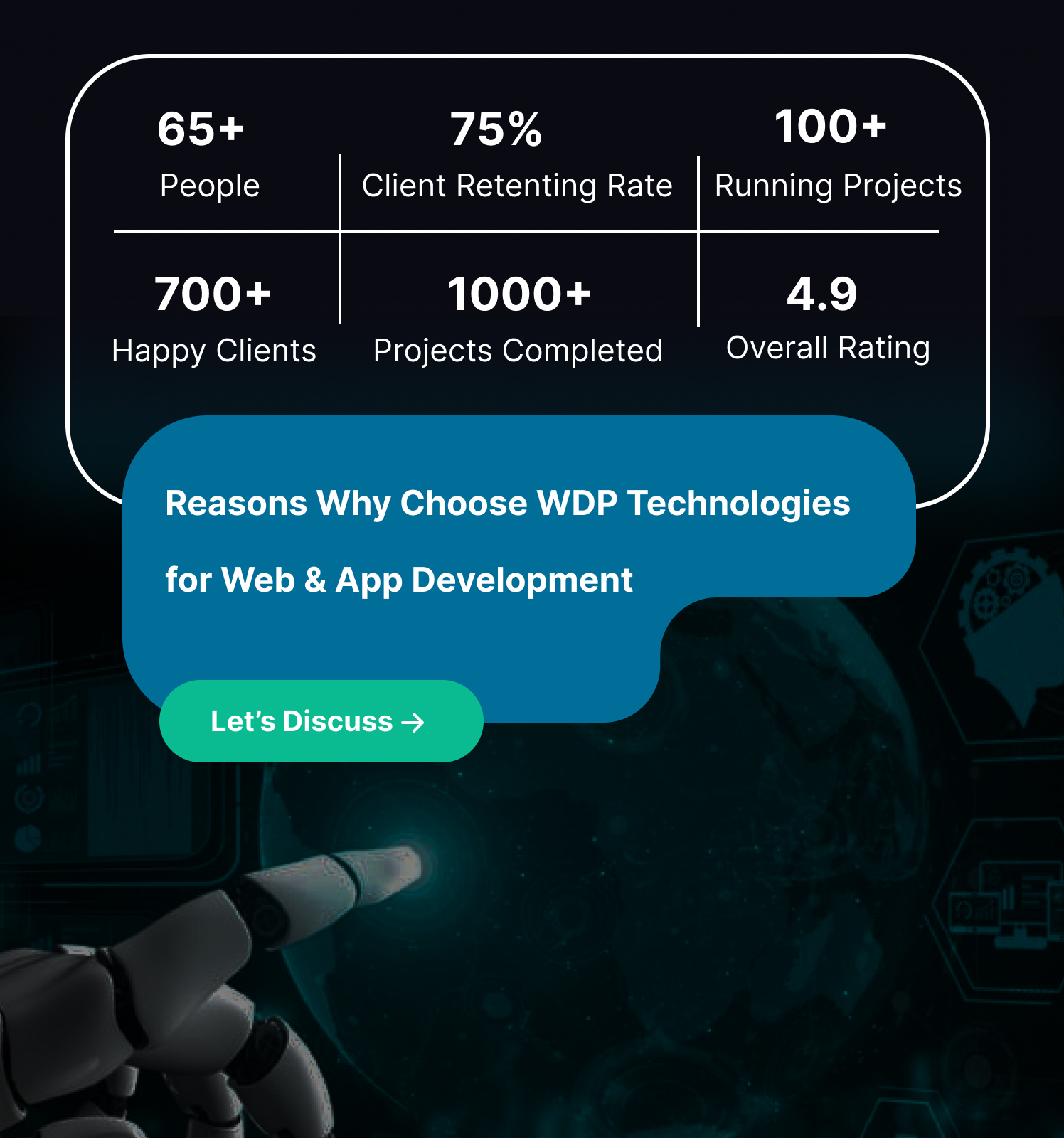In today’s globalized world, businesses are constantly seeking ways to optimize their operations and resources. Outsourcing, the practice of delegating tasks or services to external providers, has become a popular strategy for achieving cost-efficiency, accessing specialized skills, and expanding market reach.
Two popular approaches that have gained prominence in the field of outsourcing are nearshore and offshore outsourcing. In this article we will go into the key differences, advantages, and considerations associated with nearshore vs offshore outsourcing.
Understanding Fundamentals of Nearshore vs Offshore
1. Nearshore Outsourcing
This model involves outsourcing to a neighboring country, often within the same time zone or with a minimal time difference. Cultural similarities, shared languages, and geographical proximity foster easier communication, collaboration, and project management.
🔹Geographic Proximity: Nearshore outsourcing allows businesses to engage with service providers in neighboring countries or regions. This geographical closeness facilitates real-time communication, reduces time zone differences, and fosters a greater sense of cultural alignment. This proximity is particularly beneficial for activities that require collaboration and frequent communication.
🔹Cultural Affinity: The cultural similarity between the client and the nearshore outsourcing partner can contribute to smoother collaboration. Shared cultural values, business practices, and language can reduce communication barriers, enhance understanding, and foster a more cohesive working relationship.
🔹Time Zone Advantage: Nearshore outsourcing often involves working within similar or overlapping time zones. This minimizes delays in communication and allows for prompt issue resolution. Real-time collaboration becomes more feasible, contributing to increased productivity and responsiveness.
🔹Cost Efficiency: While nearshore outsourcing may not offer the same cost savings as offshore outsourcing, it can still provide a more cost-effective solution compared to onshore alternatives. Lower labor costs and operational expenses in nearby regions contribute to overall savings.
🔹Talent Accessibility: Nearshore outsourcing allows businesses to tap into a diverse pool of skilled professionals in nearby countries. This can be advantageous for accessing specific expertise or specialized skills that may not be readily available in the client’s home country.
2. Offshore Outsourcing
This model involves outsourcing to a country located far away, often with significant time zone differences and distinct cultural backgrounds. Cost reduction is often the primary driver, as labor costs in these countries are typically lower.
🔹Cost Savings: One of the primary drivers for offshore outsourcing is the potential for substantial cost savings. Labor costs in offshore locations are typically lower than those in developed countries, allowing businesses to achieve significant cost efficiencies across various functions.
🔹Global Talent Pool: Offshore outsourcing enables organizations to access a vast and diverse talent pool. This is particularly beneficial for tasks that require specialized skills, as businesses can source expertise from regions known for their proficiency in specific industries or technologies.
🔹24/7 Operations: Time zone differences can be turned into an advantage with offshore outsourcing. Organizations can establish a continuous workflow by leveraging the time zone variance, ensuring that work progresses around the clock. This 24/7 operational capability enhances productivity and accelerates project timelines.
🔹Scalability and Flexibility: Offshore outsourcing provides businesses with the flexibility to scale operations up or down based on project requirements. This scalability is particularly valuable for companies experiencing fluctuating workloads or those pursuing rapid expansion.
🔹Focus on Core Competencies: By outsourcing non-core functions to offshore partners, organizations can concentrate on their core competencies and strategic objectives. This allows for a more streamlined and focused approach to business operations.
Also Read: How To Manage Offshore Development Team Effectively
Key Differences Between Nearshore vs Offshore Development:
Geographical Proximity:
🔹Nearshore: Development teams are located in neighboring or nearby countries, often within the same region.
🔹Offshore: Development teams are located in distant, overseas locations.
Time Zone Differences:
🔹Nearshore: Time zone differences are minimal, making real-time communication and coordination easier.
🔹Offshore: Significant time zone variations may require careful scheduling of communication and collaboration activities.
Cost Savings:
🔹Nearshore: Offers cost savings, but not as substantial as offshore outsourcing.
🔹Offshore: Known for significant cost savings due to lower labor costs and economies of scale.
Cultural Affinity:
🔹Nearshore: Shared cultural backgrounds contribute to better collaboration and understanding.
🔹Offshore: Cultural differences may pose challenges to effective communication and collaboration.
Talent Pool:
🔹Nearshore: May have limitations in terms of available talent or specific skill sets depending on the chosen location.
🔹Offshore: Provides access to a diverse and extensive talent pool with a wide range of skills and expertise.
Considerations for Choosing Between Nearshore vs Offshore Outsourcing:
🔹Nature of the Project: The nature of the project plays a crucial role in determining whether nearshore or offshore outsourcing is more suitable. Projects requiring constant collaboration and communication may benefit from the geographic proximity offered by nearshore outsourcing, while large-scale, cost-driven projects may find offshore outsourcing more advantageous.
🔹Communication and Collaboration Requirements: Evaluate the level of communication and collaboration required for the project. If real-time collaboration is essential, nearshore outsourcing may be a better fit. On the other hand, if the project allows for asynchronous communication and can operate on a 24/7 schedule, offshore outsourcing might be more suitable.
🔹Risk Tolerance: Assess the organization’s risk tolerance and the potential impact of external factors on the project. Nearshore outsourcing may offer a lower level of risk due to cultural and geographic proximity, while offshore outsourcing may involve greater risks related to time zone differences, cultural nuances, and geopolitical factors.
🔹Budget Constraints: Consider the budget constraints and cost sensitivity of the project. While both nearshore and offshore outsourcing offer cost advantages, offshore outsourcing generally provides more substantial savings. However, organizations must balance cost considerations with the potential trade-offs in communication and collaboration.
🔹Regulatory Compliance and Data Security: Evaluate regulatory compliance requirements and data security considerations. Different regions may have varying regulations and standards, and it is essential to ensure that the chosen outsourcing model aligns with the organization’s compliance and security needs.
Also Read : difference between ecommerce and traditional commerce
Conclusion
In the dynamic landscape of global software development, the choice between nearshore vs offshore outsourcing depends on various factors, including project requirements, budget constraints, and the importance of cultural affinity.
While nearshore development offers advantages in terms of proximity and cultural alignment, offshore development excels in cost efficiency and access to a vast talent pool. Ultimately, the key is to carefully assess the specific needs of the project and select the outsourcing model that aligns best with the goals and expectations of the business.
Reach us , we are the best offshore web development company in India













